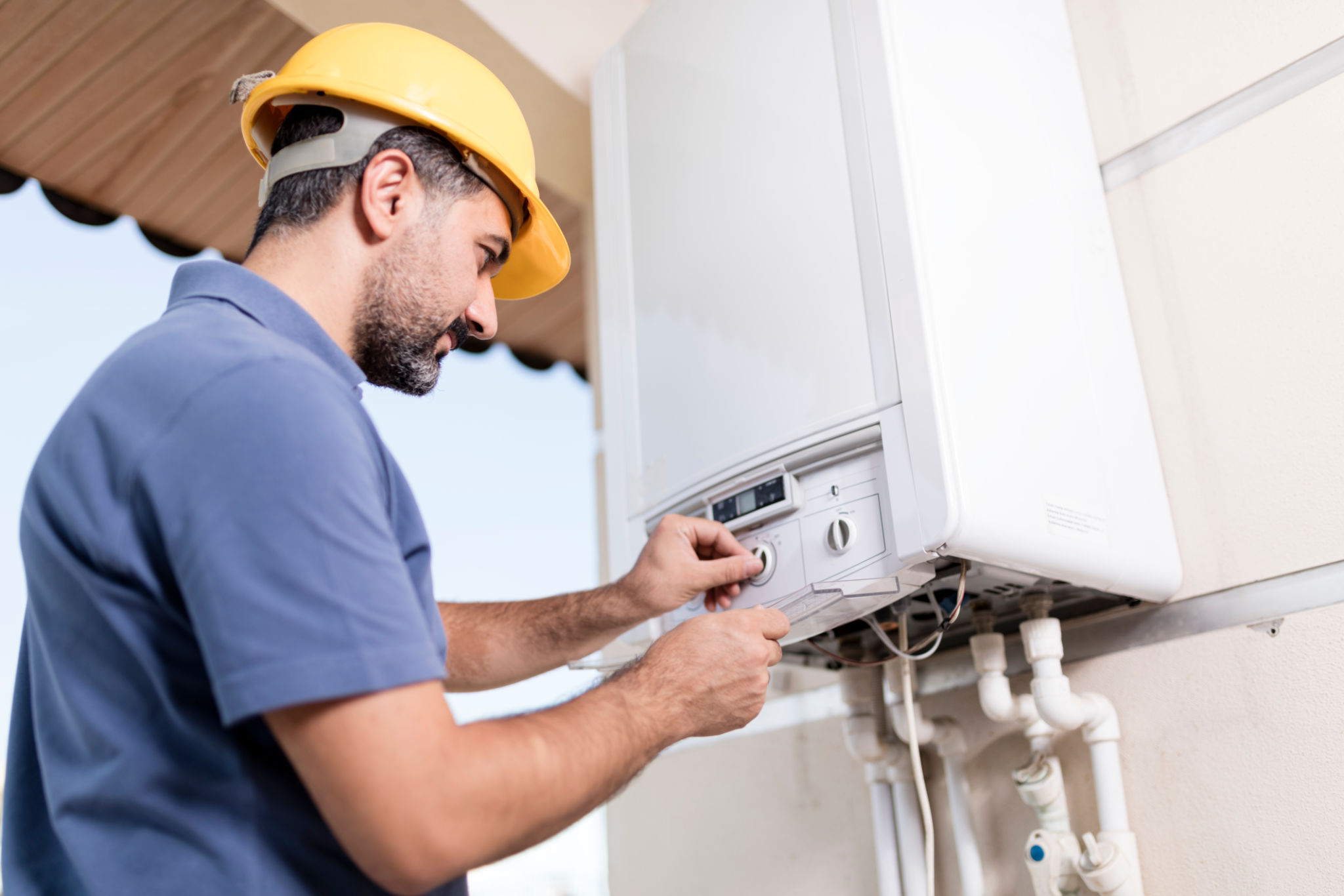A Comprehensive Guide to Smart Home Plumbing Systems
Understanding Smart Home Plumbing Systems
In recent years, the concept of the smart home has rapidly evolved, extending its reach into every corner of our living spaces, including plumbing systems. Smart home plumbing systems integrate technology to offer greater control, efficiency, and convenience in managing water-related activities. Whether you're looking to conserve water or prevent costly leaks, smart plumbing might be the solution you need.

Components of a Smart Plumbing System
A smart plumbing system typically comprises several interconnected components that work together to monitor and manage water usage. Key components include smart faucets, leak detectors, water heaters, and irrigation systems. Each of these devices is designed to provide real-time data and automation features that enhance the functionality and efficiency of your home's plumbing.
Smart faucets, for instance, can be programmed to dispense a specific amount of water or automatically shut off after a certain period. Leak detectors alert homeowners to potential leaks before they escalate into major issues. Meanwhile, smart water heaters can be controlled remotely to ensure hot water is ready when needed without wasting energy.
Benefits of Smart Plumbing Systems
One of the most significant advantages of smart plumbing systems is their ability to conserve water and reduce utility bills. By providing insights into water usage patterns, homeowners can make informed decisions about how to use water more efficiently. Additionally, the early detection of leaks can prevent costly repairs and property damage.

Another benefit is the convenience and peace of mind that comes with automation and remote control. Imagine turning off your home's water supply from your smartphone while on vacation, or receiving an alert if a pipe bursts in your absence. These features not only enhance safety but also provide a level of control that traditional plumbing systems cannot offer.
Installation and Maintenance
Installing a smart plumbing system can be a straightforward process, especially when upgrading from an existing system. Many smart devices are designed for easy installation and can often be integrated into your current setup without the need for extensive renovations. However, it's crucial to consult with a professional plumber to ensure proper installation and compatibility with your existing plumbing infrastructure.

Maintenance of smart plumbing systems is generally low-effort, but regular updates and checks are necessary to keep devices running smoothly. Most devices come with user-friendly apps that guide homeowners through troubleshooting and maintenance tasks. It's also important to ensure that your system's software is updated regularly to benefit from the latest features and security enhancements.
Choosing the Right Smart Plumbing Devices
When selecting smart plumbing devices, consider factors such as compatibility, features, brand reputation, and budget. Start by identifying areas in your home where smart technology could provide the most benefit. For example, if you have a garden, a smart irrigation system might be a priority. If your home has had issues with leaks in the past, prioritize leak detectors.
Research different brands and read reviews from other homeowners to find products that have a track record of reliability and customer satisfaction. Keep in mind that investing in quality devices upfront can save you money and hassle in the long run.
The Future of Smart Plumbing
The future of smart plumbing is bright, with ongoing advancements in technology poised to introduce even more innovative solutions. As artificial intelligence continues to evolve, we can expect smarter, more intuitive systems capable of learning from user behavior and making adjustments autonomously.

With an increasing focus on sustainability and efficient resource management, smart plumbing systems are set to become a standard feature in homes worldwide. By embracing these technologies today, homeowners can enjoy enhanced convenience, safety, and cost savings while contributing to a more sustainable future.